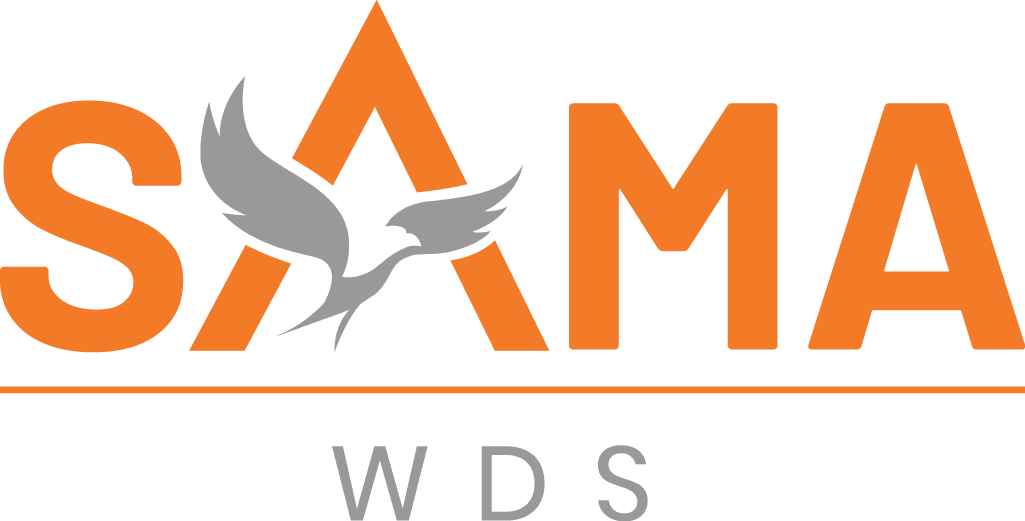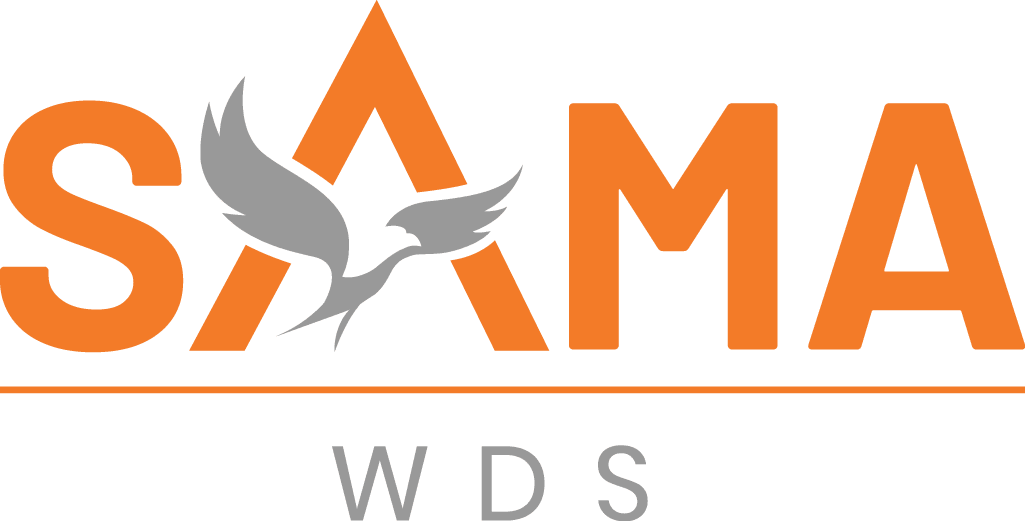
Workday Review 2024: Is it Worth the Investment?
Introduction
Workday, a leading cloud-based HR management solution, has been a game-changer for businesses aiming to streamline their human resources processes. As we step into 2024, evaluating whether this robust platform is worth the investment becomes crucial.
This article offers an in-depth review of Workday for 2024, focusing on:
- Pricing
- Pros and Cons
The goal is to help you assess if investing in Workday aligns with your organization’s needs.
Need specialized help with implementing and optimizing Workday in your organization?
We provide Workday consulting and staffing services. Our experts analyze and optimize your processes, delivering tailored technological solutions.

1. Understanding Workday
1.1. Workday HCM
Workday Human Capital Management (HCM) is a comprehensive, cloud-based HR solution designed to streamline various human resource processes. By leveraging advanced technology, Workday HCM aims to simplify and optimize operations such as talent acquisition, performance management, and employee development.
Streamlining HR Processes
Workday HCM centralizes all HR functions into a single platform, which allows for:
- Talent Acquisition: Automates recruiting workflows from job postings to candidate selection.
- Onboarding: Facilitates new hire orientation by integrating onboarding tasks within the system.
- Performance Management: Tracks employee performance with real-time feedback and goal-setting tools.
- Compensation Management: Manages salary planning and incentive compensation seamlessly.
This integration reduces administrative burdens and enhances efficiency.
Enhancing Talent Management and Recruiting
Workday HCM includes specific features that significantly improve talent management:
- Recruiting: Offers a unified approach to hiring by combining job requisition processes, candidate tracking, and interviewing in one system. This ensures transparency and better collaboration among hiring teams.
- Talent Marketplace: Helps match employees’ skills with internal opportunities, fostering career growth and retention.
- Learning Management: Provides personalized learning paths and tracks progress to ensure continuous skill development.
- Succession Planning: Identifies high-potential employees for future leadership roles, ensuring organizational stability.
These features make Workday HCM an effective tool for organizations aiming to retain top talent and enhance their workforce capabilities.
1.2. Workday Adaptive Planning
Workday Adaptive Planning is another essential component of the Workday suite. It offers robust financial planning, analysis, and forecasting capabilities that enable organizations to make data-driven decisions. However, implementing Workday Adaptive Planning can come with its own set of challenges. To navigate these challenges successfully, it is crucial to have a comprehensive understanding of the implementation process and potential obstacles.
1.2. Workday Adaptive Planning
Workday’s strategic financial planning module, Adaptive Planning, plays a crucial role in driving informed business decisions. Through accurate forecasting techniques, it helps organizations navigate complex financial landscapes and align their budgeting processes with strategic goals.
Key benefits of leveraging Workday Adaptive Planning include:
- Budgeting: Streamlines the budgeting process by providing real-time data and enabling collaborative input from various departments.
- Scenario Analysis: Allows organizations to create multiple financial scenarios, helping them prepare for different market conditions and make proactive adjustments.
Effective integration capabilities with other business applications such as CRM or payroll systems enhance its utility, making it a robust tool within the Workday suite. By facilitating seamless data exchange, it ensures that financial modeling is both comprehensive and agile, aligning with the dynamic needs of modern businesses.
Need help evaluating Workday to determine if it is the right fit for your needs?
We offer unbiased Workday advisory services to simplify the HRIS system evaluation process for you.

2. Evaluating Workday’s Pricing, Pros & Cons
2.1. Transparent Pricing
Pricing evaluation for Workday can be a critical factor in determining its value proposition. Workday uses a subscription-based pricing model with different modules for different business needs, such as Human Capital Management (HCM), Financial Management, and Adaptive Planning.
Clarity and Value for Different Organizations
- Small to Medium Enterprises (SMEs): Workday’s modular approach allows SMEs to select and pay for only the functionalities they need, making it a potentially cost-effective solution.
- Large Enterprises: For larger organizations with complex requirements, bundling multiple modules can offer significant benefits. The comprehensive suite can streamline operations across HR, finance, and planning functions.
Workday’s pricing structure ensures transparency by offering upfront quotes based on the specific needs of an organization. However, understanding the full cost implications can be challenging due to factors like:
- Implementation Costs: Initial setup and customization may require significant investment.
- Training Expenses: Onboarding users to the platform could necessitate extensive training sessions.
ROI Considerations
Calculating the overall ROI of Workday’s solutions involves assessing both tangible and intangible benefits:
- Efficiency Gains: Automation of HR processes can lead to time savings and reduced errors.
- Employee Satisfaction: Improved user experience through intuitive interfaces can enhance employee engagement.
Potential challenges in evaluating ROI include:
- Customization Needs: Highly tailored implementations may deviate from standard pricing models.
- Integration Costs: Seamless integration with existing systems could incur additional expenses.
2.2. Pros & Cons of Using Workday
Evaluating the pros and cons of Workday helps provide a balanced view of what it offers.
Pros
- Comprehensive Functionality: Covers a wide range of HR processes from recruitment to performance management.
- Mobile Accessibility: Available on various devices, enabling remote access for employees and managers.
- User Experience: Intuitive interface design facilitates easy navigation and adoption.
- Scalability: Suitable for growing businesses with evolving needs.
Cons
- Cost: Higher initial investment compared to some competitors might be a barrier for smaller organizations.
- Customization Complexity: Extensive customization might lead to longer implementation times.
- Learning Curve: New users may require significant time and resources to become proficient.
Understanding these aspects aids in making an informed decision about whether Workday aligns with your organizational goals and budget constraints.
2.2. Pros & Cons of Using Workday
User Experience and Interface Design
Workday’s interface is designed to be intuitive and user-friendly, which significantly impacts its adoption rates among HR teams. The dashboard provides easy access to various modules, allowing users to navigate seamlessly between tasks.
Key features:
- Configurability: Users can customize dashboards and reports to meet specific needs.
- Mobile Accessibility: The mobile app ensures that HR tasks can be managed on the go, increasing flexibility.
Strengths
Workday excels in several areas:
- Comprehensive Functionality: From talent acquisition to performance management, Workday covers a wide range of HR processes.
- Mobile Accessibility: The mobile app enhances user experience by providing access to core functionalities from any location.
Weaknesses
Despite its strengths, Workday has certain limitations:
- Pricing Evaluation: The cost can be a hurdle for smaller organizations. Transparent pricing is crucial when evaluating its overall ROI.
- Complexity in Customization: While configurable, the extent of customization may require technical expertise, which could be a challenge for some HR teams.
A balanced assessment shows that while Workday offers robust functionalities and ease of use, potential users must carefully evaluate its cost implications and customization requirements.
Need specialized help with implementing and optimizing Workday in your organization?
We provide Workday consulting and staffing services. Our experts analyze and optimize your processes, delivering tailored technological solutions.

3. Exploring Alternative HR Management Solutions
3.1. Key Features to Look for in CPM Software
When looking at other options instead of Workday, especially in the area of Corporate Performance Management (CPM) software, there are certain features that are important for effective planning and decision-making.
Collaborative Planning Capabilities
A strong CPM software should make it easy for different teams to plan together. This is important for making sure that everyone is working towards the same goals and taking responsibility for their tasks. Collaborative planning allows:
- Unified Goal Setting: Teams from finance, HR, operations, and other departments can set and align their objectives seamlessly.
- Enhanced Communication: Real-time updates and shared access to plans improve communication channels within the organization.
- Accountability: Clear visibility of each team member’s role and progress helps maintain accountability and drive performance.
For example, a financial analyst can work alongside an HR manager to ensure that budget allocations align with workforce planning needs.
Integration with Microsoft Office
Another important feature to consider is how well the software integrates with tools like Microsoft Office. Many organizations use Excel, Word, and PowerPoint on a daily basis. Integration benefits include:
- Data Leverage: Users can easily import/export data between the CPM software and Excel, allowing for advanced data manipulation and analysis.
- Increased Productivity: Familiar interfaces reduce the learning curve, enabling faster adoption and efficient workflows.
- Consistent Reporting: Creating reports directly within familiar tools helps maintain consistency and accuracy in documentation.
Imagine a scenario where financial data from the CPM tool is directly integrated into an Excel spreadsheet. This allows users to perform complex calculations without needing to switch platforms.
3.2. The Advantages of Cloud-Based Approach in CPM Solutions
Cloud-based CPM solutions offer several advantages over traditional on-premises systems:
- Faster Implementation: Cloud solutions typically require less time for deployment compared to on-premises systems.
- Scalability: Easily adjust resources based on business needs without significant infrastructure changes.
- Data Security: Enhanced security measures provided by cloud service providers ensure that sensitive information is protected.
In essence, cloud-based solutions provide flexibility and scalability while ensuring robust security protocols are in place.
3.2. The Advantages of Cloud-Based Approach in CPM Solutions
Cloud-based Corporate Performance Management (CPM) software is changing how businesses handle HR planning, financial management, and operational processes. Several clear advantages make these cloud-based solutions better than traditional on-premises systems.
Key Benefits:
- Faster Implementation: Cloud-based CPM solutions significantly reduce the time required for deployment. With pre-configured settings and easy-to-follow implementation guides, organizations can quickly switch to a new system without long setup periods.
- Scalability: These solutions offer unmatched scalability, allowing businesses to increase or decrease their usage based on current needs without buying more hardware or making big changes to the system.
- Data Security: Cloud providers use strong security measures like encryption, regular updates, and following international standards to make sure that sensitive company data stays safe from breaches.
Comparing Workday with Other Leading Cloud-Based CPM Solutions:
- Adaptive Insights (Workday Adaptive Planning): Known for its easy-to-use interface and powerful forecasting tools. Works seamlessly with Workday HCM, giving a single platform for HR and financial planning.
- Anaplan: Offers advanced modeling capabilities that work well for complicated business situations. Has great collaborative features that help teams from different departments work together.
- Oracle EPM Cloud: Includes a wide range of tools for financial close, consolidation, and planning. Can handle the needs of large companies with different requirements.
Each of these cloud-based CPM software options focuses on the benefits of working together on plans and offers different ways to set things up based on what each organization needs. This comparison gives readers a complete view when looking at other choices besides Workday in the world of CPM software.
The move to cloud-based software shows that businesses are putting more importance on being able to adapt quickly, having strong security, and being able to scale up or down easily with the technology they use.
4. Final Verdict: Should You Invest in Workday 2024 Edition?
When deciding whether to invest in Workday Review 2024, it’s important to consider your specific HR management needs, budget, and overall IT strategy. Workday offers a wide range of features that can help streamline HR processes and improve talent management. However, there are a few things you should think about:
- HR Management Needs: Does Workday have all the features you need for effective HR management?
- Budget: Can you afford the cost of implementing and maintaining Workday?
- IT Strategy: How well does Workday integrate with your existing IT systems?
Take these factors into account to determine if Workday 2024 is the right choice for your organization.

Contact us
Please complete the form below, and one of our Engagement Managers will contact you within one business day.
